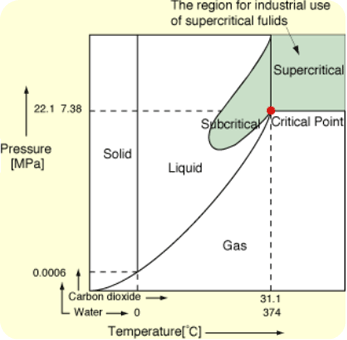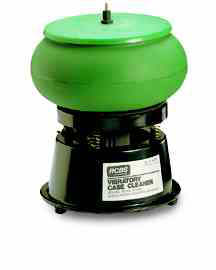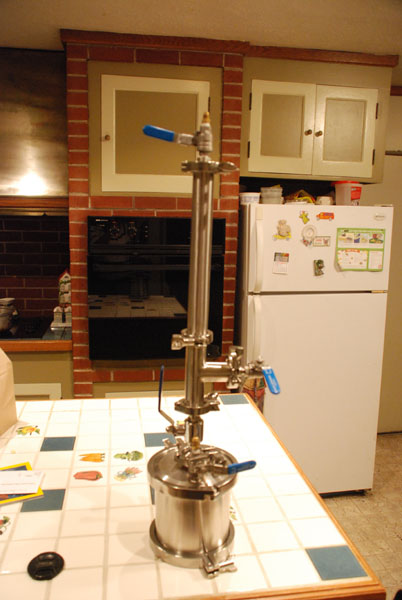Well now, here's a technique for removing ethanol using a hotplate stirrer, rather than a rotovape, which was developed and shared by CAT Scientific! Hee, hee, hee, bon appetite! /how-to-purge-ethanol-from-cannabis-oil-using-the-cat-mcs78-hotplate-stirrer-by-cat-scientific/
Sign in to set favorite






Purge extract of hexane, isopropyl alcohol, ethanol, ethyle acetate, and water by; Using a borosilicate or fused crystal petri dish or evaporating plate and spread the mixture. Place in front of a fan in a ventilated area until the majority is evaporated away. The most polar take the longest to evap through adiabatic action but rippling the surface will speed the process. Next, place on the stove top at a setting just less than halfway between low and medium on a standard range. Leave there until the bubbling substantially ceases. Use a metal or glass stirring rod to continuously stir. At this point it is safe to use even with the undetectable traces of any of he listed chemicals. Nonetheless, since I own a vacuum chamber I pop it into the chamber while hot and pull the hardest vacuum I can. .many residual bubbles will pop out. If isopropyl or other alcohols are used water droplets that come along with those things will explode when turning to gas and since they are heavier and underneath the oil a silicon mat on top of the dish works to catch the popped up resin. Note: I am going to be honest though likely controversial - When using alcohol of any type, mostly isopropyl alcohol, I am acutely aware that on a technical basis isopropyl alcohol is considered an anethestitizing agent for mammals like humans, dogs, cows, etc. Like any of those agents improper use can be fatal, but generally speaking minute doses (like residue inside extract) DO significantly produce the most intense initial high and speed the medicine into my system like nothing else does. At doses too toxic for me, my body recoils. Example, gently boil some alcohol in a small beaker and carefully take a whiff of the fume - your body's reaction is to recoil and you cannot stop it. I like the extract purged comletely because I use so much for pain the recreational use is of no real interrest other than acedemic. Ethyle Acetate in particular is tough to remove the residual from extract completely. However in my days as a stupid youth, "huffing" by placing glue in a bag and inhaling fumes, was a popular way to get high - the glue contained Ethyl Acetate which displaces oxygen and produces a whopping high followed by a whopping headache. But my point is that at very low doses these solvents themselves can produce pleasant effects with no known chronic exposure risks. They are pretty safe. It takes 8 ounces of isopropyl alcohol to be considered a,lethal dose, and residual alcohol in extract on the order of 1/1000th of that amount. Similar with hexane - if you have ever smelled the fume of a BBQ fire being lit, then you have inhaled more hexane fume in that one breath than you will inhale from extract that has been heated to remove it but not vacuum chambered for complete removal. Extract contains many terps, two of,which I have MSDS sheets for which if compared to any of the above solvents seem to be carbon copies in their warnings. Each advises not breathing the fume. Each advises generally that they represent a fire hazard. Each advises against skin contact. Yet, I vape terps all the time and the worst thing thatnhappens is I hack and choke - so I prefer removing those also. But this website accepts points of view that are supported through data. Each statement - from iso being a technical anethsetic, down to the statements that the MSDS sheets for terps are virtually the same as for the listed solvents is verifiable. Apologies for the long post, but information withheld is knowledge lost and in the abscence of knowledge fear and darkness consume mankind. I have no profit motive, but wish to point out what "common sense" means. We have five senses in common - common sense. Use them to look, touch, smell, feel, and taste when it comes to medicines. Use your common sense(s) when dealing with this stuff. Use you sight to read MSDS sheets instead of "I guess by golly" reasoning. Let your nose tell you if you should inhale further. Let the feeling of touch tell you the vapor either burns or feels smooth. Listen to hear if the extract is boiling off, or crackling and popping while it vaporizes. Feel the extract - is it sticky like a booger from hell, or does it melt on the skin quickly and not feel so,sticky? THC is sticky - terps and solvent are not. I see nothing wrong with any method of purifying - I just see people using their common sense(s) to try to get a good clean vape. My suggestion is to learn to use your common sense when dealing with extracts, plus, share your vape! Spread the good sense!
If you can do this under an inert atmosphere (high purity nitrogen is cheapest; oxygen = bad) you will avoid oxidizing your material (ie. turning it red - black, and making it smell bad). Contrary to the link, one can remove almost all risk in doing this use a distilling flask connected to a condenser with circulating cold water, instead of a beaker. If you need help getting the right equipment (for small scale work, most of this can be had on eBay for reduced cost if you know what a reasonable used price is) and setting it up, or need to consult a Phd Chemist (15 years experience, organic synthesis, medicinal chemistry and process R&D), please contact me at wahl.troy@gmail.com. I've had people contact me through Facebook and LinkedIn in the past, but neither are sufficiently reliable... This is a personal email, so please be respectful and understand that I only work with people who are operating legally.
Much appreciated, kind sir. Can cold critical extract be finished by this method and retain clarity and terps?
Some of the terpenes leave with the alcohol. If you recover alcohol distilled off a concentrate mixture, you will note that it is a "Gin" mixture of alcohol and terpenes, even below the terpenes boiling point. I get the best monoterpene retention, with the attendant aromatics and flavor, allowing the QWET to evaporate in a shallow dish sitting on a 125F heat mat, and then finishing off in a vacuum oven at 125F and -29.5" HG vacuum. I've also gotten good results cold boiling the ethanol away under vacuum at 125F temperature and -28" HG, but it requires a chemical duty pump like the Welch 2052. When cold boiling in the oven, bumping is a serious issue, so I do it in a shallow casserole dish, with a sheet of glass lying on top to catch the spatter. GW
Have you seen a technique which allows one to recapture the alcohol without taking that solution over 100ºF? I get the best QWET extracts with lower temperature evaporation. On the topic of cannabis terpene gin, that sounds like it could be a good Portland product. I drink an og kush gimlet or a gorilla glue gibson, given the opportunity.
Yes, one can do vacuum distillation with a fractionating column. Standard OChem stuff.
The boiling point of alcohol is relative to the absolute pressure on it. Ethanol boils at about 173F with one atmosphere pressure, or 760,000 microns (14.7 psi) absolute pressure, which would give it a 100F boiling point somewhere around 103,000 microns or about 26" Hg. A key point is that you can never get the solution any hotter than its boiling point at that pressure, just boil it faster when you add more heat. Rotovapes use that principle, and here's a link providing more detail: https://skunkpharmresearch.com/evaluation-of-heidolph-instruments-hei-vap-precision-ml-g3/ Here is another system that relies on vacuum to lower the boiling point and also reclaim the alcohol: https://skunkpharmresearch.com/extract-craft-source-turbo-ethanol-vacuum-recovery-unit/ GW
I have had great results "purging ethanol" using a box fan to push cold air over a 9x13 dish filled with quick wash tincture. This no heat method has given me full flavor concentrate results and is relatively quick, i can evaporate away about 3 liters a day with my current version 3.0 setup. https://www.youtube.com/playlist?list=PLPT5yPJXxz1tW8kEEb8QT22vP7GXwbQe6
Yeah, we've done that too, as well as use it in conjunction with silicone heat mats. Here is a version that encapsulates the idea: https://skunkpharmresearch.com/evaporator-chamber/ A tool when you need one, that can pick up dust, and when the humidity is high it picks up water from the atmosphere. As far as finishing, once the pool solidifies, unless you add heat to keep it liquid, it is difficult to remove the residuals to the levels achieved by CAT Scientific, or heat/vacuum techniques. GW